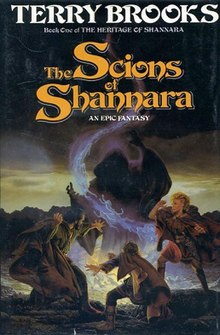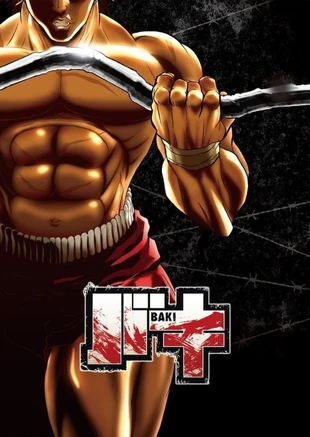
The first installment of Terry Brooks’ Heritage of Shannara tetralogy, a sequel series to his original Shannara trilogy, opens with a millennium-old man who wakes from Druid Sleep and converses with the shade of the supposedly-long-deceased Allanon. The action quickly moves to sibling protagonists Par and Coil Ohmsford, who find themselves on the run from Federation secret police known as the Seekers, with an outlaw ultimately rescuing them. They eventually chance a mysterious woodswoman and the antediluvian Cogline, who lived in the time of Brin Ohmsford and Kimber Boh, claiming to be Allanon’s messenger and nothing that the siblings’ cousin Wren Ohmsford and Walker Boh expect them.
The brothers find their way to Morgan Leah’s hunting lodge, aiming to reach Shady Vale, although Morgan cautions them against doing so due to a Seeker presence there, and himself wants to seek Walker Boh. Then they head to the dwarven city of Culhaven, where Teel and Steff join them on their quest for Walker. Steff and Teel sporadically go missing throughout the course of the novel, with the latter’s disappearance playing part in the narrative later on. A fight with Spider Gnomes erupts at one point, with Par becoming their captive temporarily. A meeting with Wren Ohmsford at Myrian Lake eventually occurs.
The quest to recover the long-believed-lost Sword of Shannara comes to fruition, with another significant character, Padishar Creel, introduced, believing he knows where the fabled blade is in a place known as the Pit. Someone of a love interest, Damson Rhee, soon enters the story, with a brief excursion through Parma Key by the party. One of the chief antagonists, the First Seeker Rimmer Dall (leader of the Federation’s order), makes himself known, and plays an especial role towards the end of the novel. A traitor is eventually suspected in the midst of the Ohmsford brothers and their allies, with the story concluding afterwards.
Overall, this was another enjoyable Shannara book, with plenty of action and some occasional politicking by adversaries such as Rimmer Dall, although one might scoff at some of the characters’ name choices such as Par and Coil. Furthermore, while Brooks’ series supposedly occurs in a futuristic yet more-primitive Earth, very little evidence of the world’s notable evolutionary history emerges throughout the story, making this detail about the backstory something of an afterthought in hindsight. There is also a notable gap in the history between the original Shannara trilogy and its sequel series, particularly regarding the antagonistic Federation, but I definitely don’t regret reading the book.
The brothers find their way to Morgan Leah’s hunting lodge, aiming to reach Shady Vale, although Morgan cautions them against doing so due to a Seeker presence there, and himself wants to seek Walker Boh. Then they head to the dwarven city of Culhaven, where Teel and Steff join them on their quest for Walker. Steff and Teel sporadically go missing throughout the course of the novel, with the latter’s disappearance playing part in the narrative later on. A fight with Spider Gnomes erupts at one point, with Par becoming their captive temporarily. A meeting with Wren Ohmsford at Myrian Lake eventually occurs.
The quest to recover the long-believed-lost Sword of Shannara comes to fruition, with another significant character, Padishar Creel, introduced, believing he knows where the fabled blade is in a place known as the Pit. Someone of a love interest, Damson Rhee, soon enters the story, with a brief excursion through Parma Key by the party. One of the chief antagonists, the First Seeker Rimmer Dall (leader of the Federation’s order), makes himself known, and plays an especial role towards the end of the novel. A traitor is eventually suspected in the midst of the Ohmsford brothers and their allies, with the story concluding afterwards.
Overall, this was another enjoyable Shannara book, with plenty of action and some occasional politicking by adversaries such as Rimmer Dall, although one might scoff at some of the characters’ name choices such as Par and Coil. Furthermore, while Brooks’ series supposedly occurs in a futuristic yet more-primitive Earth, very little evidence of the world’s notable evolutionary history emerges throughout the story, making this detail about the backstory something of an afterthought in hindsight. There is also a notable gap in the history between the original Shannara trilogy and its sequel series, particularly regarding the antagonistic Federation, but I definitely don’t regret reading the book.

:origin()/pre00/1418/th/pre/f/2019/136/2/3/luciocolor0_by_jmg124-dd718fz.png)
:origin()/pre00/5cd4/th/pre/f/2019/137/3/a/untitled_by_liloulouli-dd73pxk.jpg)








:origin()/pre00/0dff/th/pre/i/2019/125/c/f/mario___luigi__bowser_s_inside_story__3ds__review_by_jmg124-dd69i43.jpg)